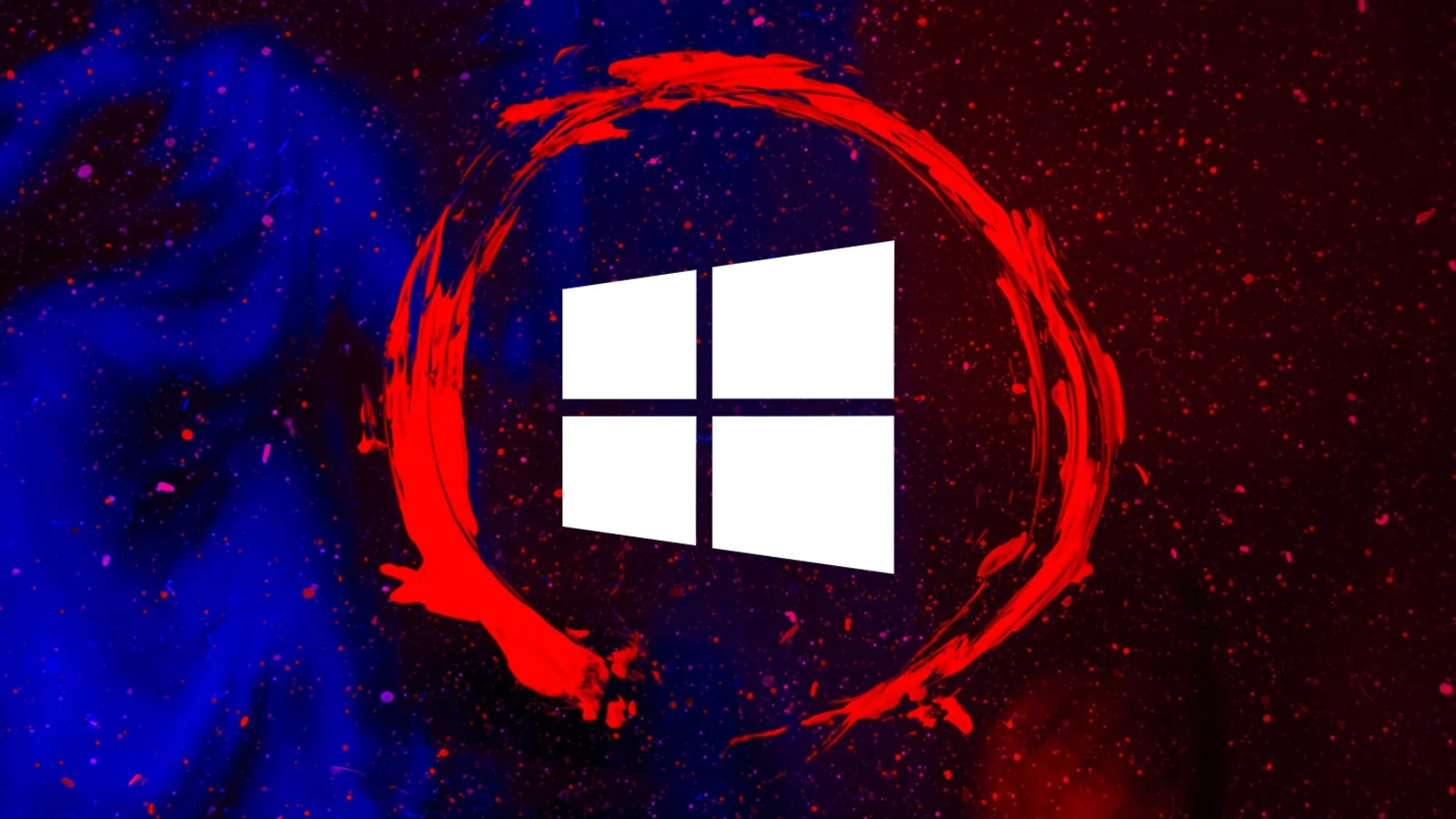NASA’s maiden mission around Mars came to an end on Saturday, June 17 after 1000 Earth days in the orbit. The mission, dubbed Mars Atmosphere and Volatile Evolution Mission (MAVEN) was launched in November 2013. After 1000 Earth days in space, MAVEN has comeback with a lot of discoveries showing how the sun took most parts of Mars’ atmosphere.
MAVEN was the first spacecraft specifically launched and dedicated gathering information about the upper atmosphere of Mars. The spacecraft started its primary mission in 2014. The spacecraft is mainly dedicated to establishing the effects caused by loss of atmospheric gas to space as well as the role played in changing the Martian climate through time.
During the entire mission period, the spacecraft made several interesting discoveries on the Red Planet. In a statement, MAVEN Project Scientist at NASA Gina DiBraccio said they are very pleased to see MAVEN successfully continue sending back interesting observations. He added that the spacecraft is currently in the second Martian year and currently looking at effects of seasonal cycles as well as the solar system to the entire system.
Additionally, MAVEN measured the rate at which solar wind and the sun strip gas from the atmosphere to space together with details of the processes of removals. According to information collected, there is a layer of metal ions that surround the Martian ionosphere which result from dust that hit the atmosphere. MAVEN also discovered that particles released by the solar wind have the ability to go deep into the atmosphere as opposed to being diverted around the planet by Martian ionosphere.
While commenting on the mission, University of Colorado, Boulder Principal Investigator Bruce Jakosky said the spacecraft has made very important discoveries concerning the upper atmosphere of Mars’ and the manner in which it interacts with the solar wind and the sun. According to Jakosky, then discoveries are making it easier to understand today’s behavior of the atmosphere plus the all the changes that have happened in the atmosphere.
The spacecraft observed how ozone and gaseous nitric oxide are distributed in the atmosphere which showed a lot of unexpected and complex results. Going by the level of complexity observed, there seem to be a lot of gas exchange between the upper and lower atmosphere which are not understood at present.

















